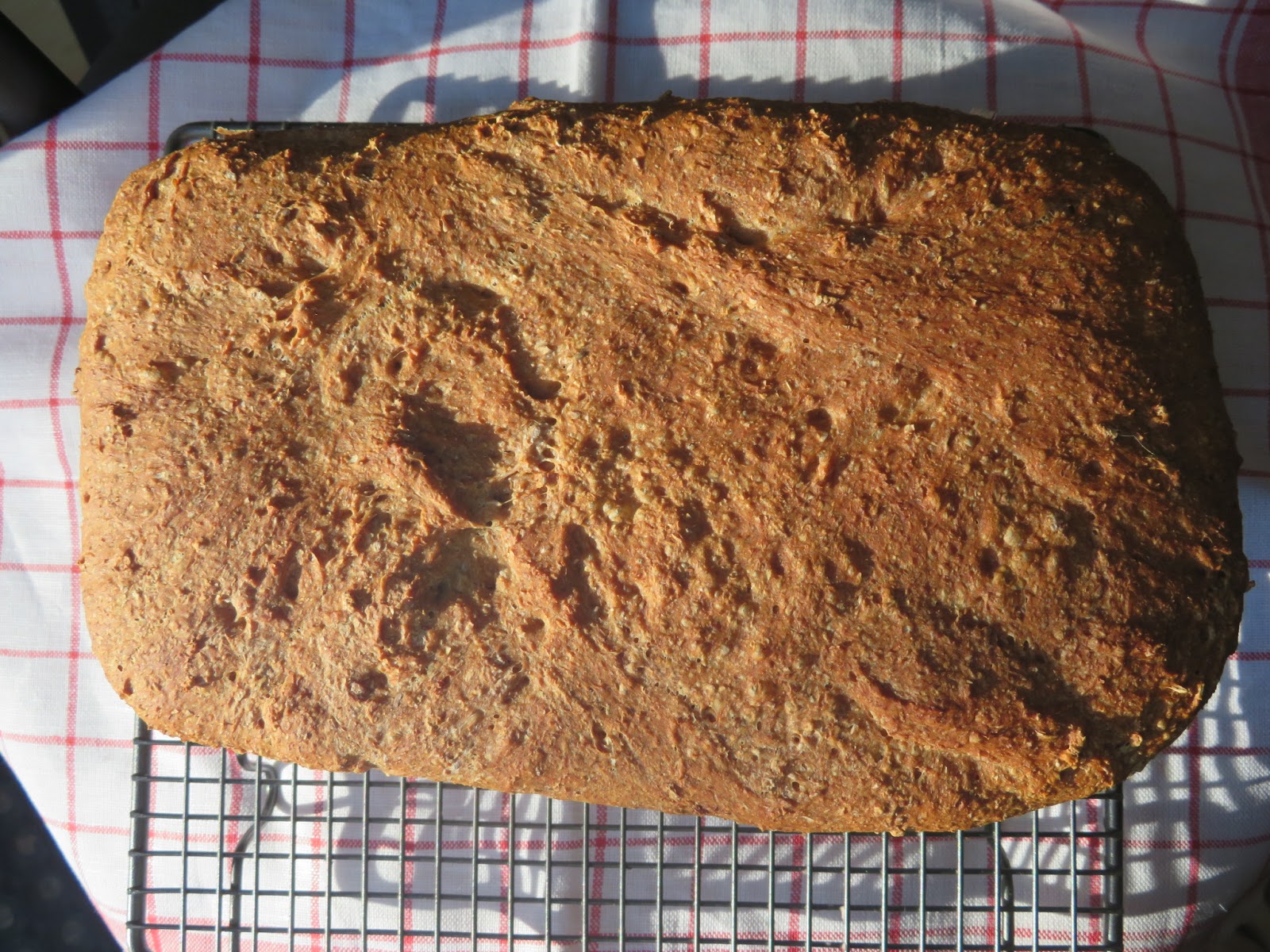Gâteau de semoule aux raisins from Mimi Thorisson - Manger.
"This cake sends me right back to cozy afternoons chatting with my grandmother – she would tell me stories of our family, we would play my favorite card game called ‘le jeu des 7 familles’.
This gâteau de semoule is rich, chewy, with a hint of rum flavor, it’s simply delightful, especially drowned in a home-made crème Anglaise (custard cream)."

120 g (2/3 cup) semoule de blé extra-fine (semolina fine or extra-fine)
90 g - 8 tablespoons sugar
2 tbsp rum
600ml (2.5 cups) milk
1/2 vanilla pod, split lengthwise
2 tablespoons dried dark raisins
Butter, for the cake mould
Preheat the oven to 160°C/ 320°F
In a large saucepan, heat the milk with the vanilla beans and sugar on a medium heat.
When the milk starts to simmer, pour the semolina slowly and stir.
Add the rum and the raisins.
Take off the heat.
Butter a pan ( I chose a bundt pan), pour the semolina mixture and bake in the oven for 15 to 20 minutes.
Leave to cool for 5 minutes, then unmold the cake on a serving plate.

For the crème Anglaise
300 ml (1 1/4 cup) milk
50 g (1/4 cup) sugar
1/2 vanilla pod, split lengthwise
3 egg yolks
In a saucepan, heat the milk, vanilla beans and sugar until it reaches a soft boil.
In the meantime, whisk 3 egg yolks in a medium-sized bowl.
Pour the milk in the egg yolk bowl, whisking continuously to avoid curdling.
Pour the mixture back in the saucepan, set the heat to low and whisk until the sauce thickens to a custard cream.
"This cake sends me right back to cozy afternoons chatting with my grandmother – she would tell me stories of our family, we would play my favorite card game called ‘le jeu des 7 familles’.
This gâteau de semoule is rich, chewy, with a hint of rum flavor, it’s simply delightful, especially drowned in a home-made crème Anglaise (custard cream)."

120 g (2/3 cup) semoule de blé extra-fine (semolina fine or extra-fine)
90 g - 8 tablespoons sugar
2 tbsp rum
600ml (2.5 cups) milk
1/2 vanilla pod, split lengthwise
2 tablespoons dried dark raisins
Butter, for the cake mould
Preheat the oven to 160°C/ 320°F
In a large saucepan, heat the milk with the vanilla beans and sugar on a medium heat.
When the milk starts to simmer, pour the semolina slowly and stir.
Add the rum and the raisins.
Take off the heat.
Butter a pan ( I chose a bundt pan), pour the semolina mixture and bake in the oven for 15 to 20 minutes.
Leave to cool for 5 minutes, then unmold the cake on a serving plate.

For the crème Anglaise
300 ml (1 1/4 cup) milk
50 g (1/4 cup) sugar
1/2 vanilla pod, split lengthwise
3 egg yolks
In a saucepan, heat the milk, vanilla beans and sugar until it reaches a soft boil.
In the meantime, whisk 3 egg yolks in a medium-sized bowl.
Pour the milk in the egg yolk bowl, whisking continuously to avoid curdling.
Pour the mixture back in the saucepan, set the heat to low and whisk until the sauce thickens to a custard cream.





















